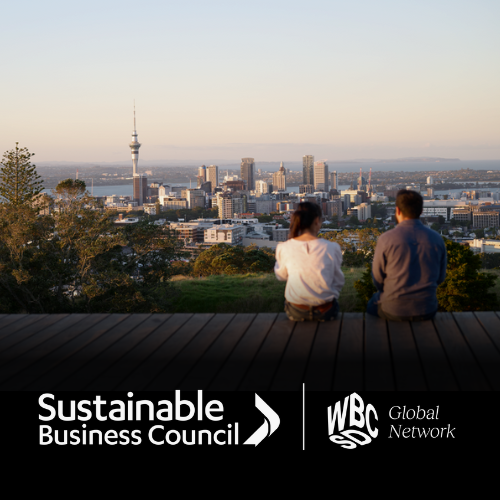(How to) Push Go on the Global Goals
The Goals set a clear level of ambition and give a common language to talk about global issues.
There are times when people who work in the sustainability world – including us – will see the announcement of a new publication or framework and think, “Another one? When will I have time to read that? Will it work? And does it mean our member businesses will have to pivot and drop something else if they want to take this one up? ”
Fortunately, the United Nation’s Sustainable Development Goals have made it past this point, and we are now seeing growing momentum in New Zealand. Many businesses are exploring how they can align the Goal’s targets with their own organisation’s strategies and values.
The Sustainable Development Goals (SDGs) are a set of 17 “Global Goals” – such as Zero Hunger and Life Below Water – with 169 targets among them, to reach by 2030. These were developed by 193 United Nations’ Member States, the international business community and organisations from civil society.
We ran an event this week with the purpose of inspiring our members to engage with the SDGs, with some practical pointers on how to do this. The speakers were Kate Alcock, our Climate and Resources Manager and Vector’s Chief Risk Officer, Kate Beddoe.
Kate Beddoe said these Goals are really valuable because they:
- Clearly establish what the biggest environmental, societal and economic issues are for society
- Sets a clear ambition and require collaboration
- Use a common language that can be understood by everyone in business, government and non-government organisations
All these factors helped Vector talk with its risk and sustainability teams and the Board about how the Goals fit with their business. Keeping the Goals as a clear and plain-English aspiration helps everyone see that they’re not just about the environment – they cover social issues. And there are clear connections between the Goals and global trends affecting business.
Kate Beddoe talked about how her team framed the discussion on the Goals with the Board – showing the Goals as a lens through which to look for opportunities arising from big global issues, such as climate change. Aligning the Goals with Vector’s strategy would help them manage their risks, anticipate consumer demand and strengthen their supply chains. All the while helping steer the world towards a more sustainable and inclusive path.
What worked well for Vector was not going too big, too fast. They anticipated that, if they were too ambitious from the start, tackling all the goals at once would be overwhelming. Instead, they narrowed down the list to prioritise six Goals “plus one” (SDG 17 – Partnership for the Goals).
Kate Alcock talked about the importance of communicating what your business is doing to implement the SDGs. This can be through reports, but also through using other channels like websites and social media. This is so important. For a company to explicitly state that the SDGs are on its radar will contribute to the awareness-raising profile-building that we need to do amongst Kiwi businesses.
Contact:

